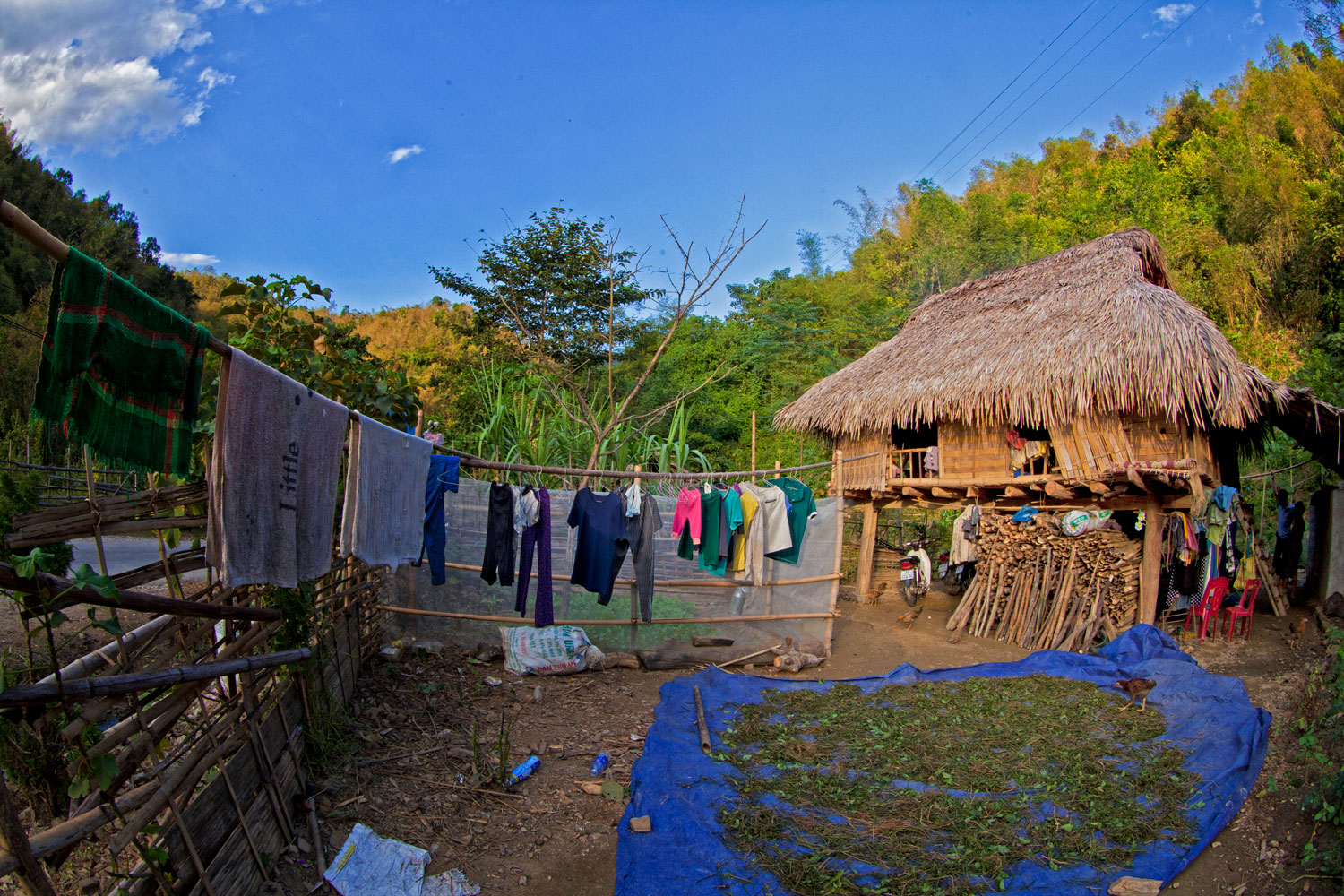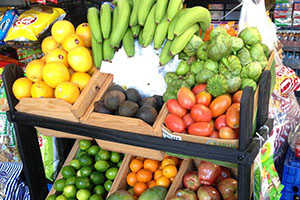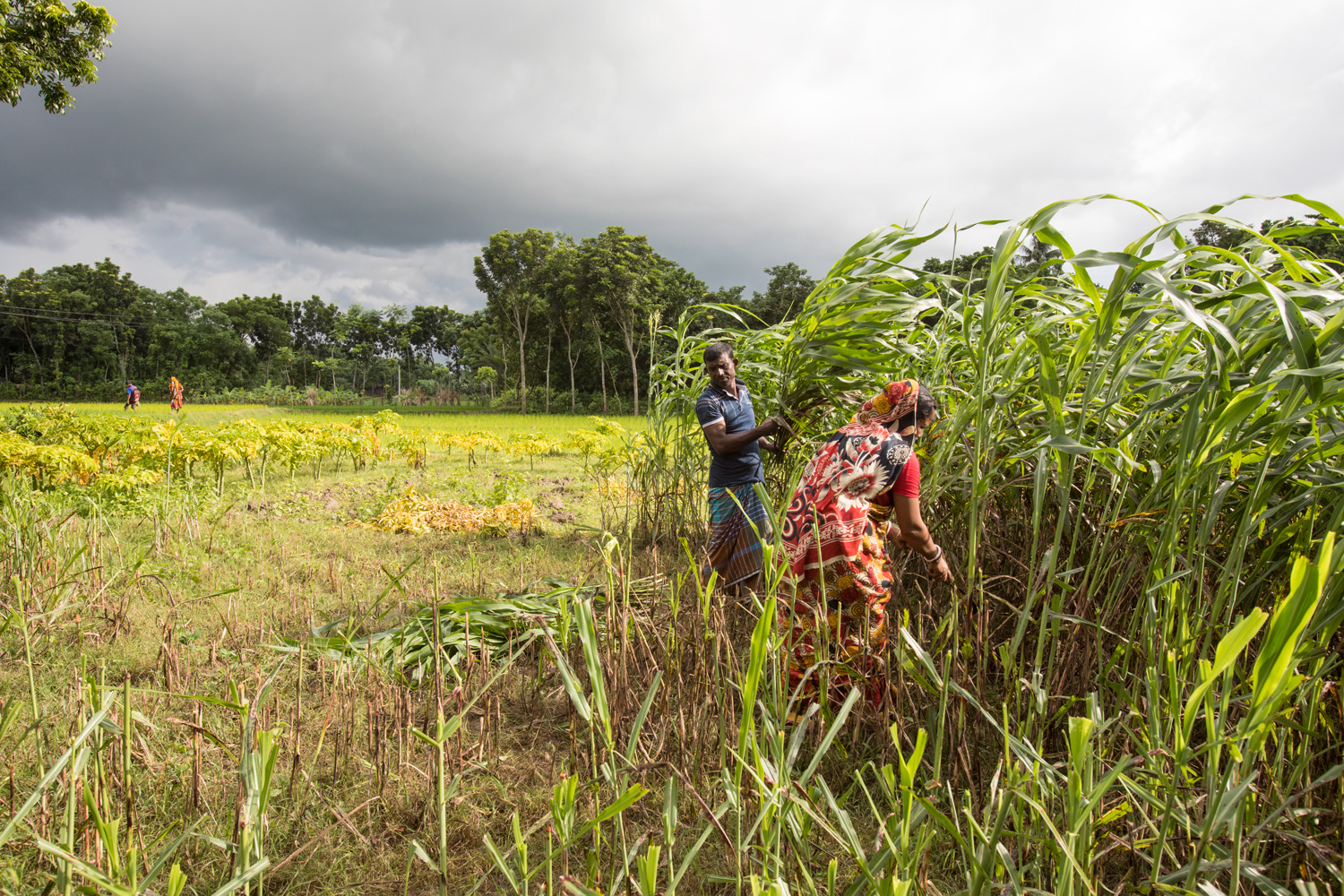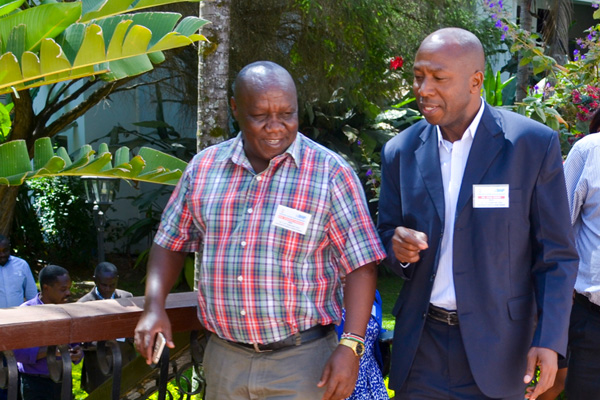March 2018

Protecting Resources, Improving Lives
March 27, 2018
By Lauren Keller, senior program associate and M&E specialist, Forestry and Natural Resource Management Nga Dang, Payment for Environmental Services development specialist. What do a pair of pigs have in common with a hydropower plant? Just ask Lang Thi Hoanh of Chieng Village in the Bat Mot commune of Vietnam. She and other women have […]
A Fighter for Forests
March 26, 2018
To close out National Women’s History Month and mark the recent International Day of Forests, Winrock honors the late Dr. Sandra Brown, a pioneering woman in the historically male-dominated field of environmental science. Dr. Brown made profound contributions to the science of the global carbon cycle, and co-authored work honored with the 2007 Nobel Peace […]
Wallace Center Convenes America’s Foremost Food Hub Conference
March 15, 2018
Leaders in the local food and food hub sector will soon converge on Albuquerque for the 2018 National Good Food Network (NGFN) Conference, America’s foremost food hub-focused conference, March 27-30. “The Wallace Center has been a leader in promoting and expanding food hubs,” says John Fisk, Director of the Wallace Center. “We do research on […]
A Change of Chores, a Change of Heart
March 7, 2018
“Men usually don’t clean the cow shed, but now I clean it. And if my wife is late in cooking I will help her chop vegetables.” These are not words you typically hear from a Bangladeshi man, but Ashok Mandal has had a change of heart. His wife, Kanika Rani Mandal, recently participated in USAID’s […]
Safeguarding Sustainability
March 7, 2018
In the Maasai language, “Mara” means “spotted,” and as you look out over the plains of the Mara River Basin, you can see how the region got its name. The savanna is dotted with plants and animals alike: thorn trees and shrubs, lions, giraffes, migrating wildebeests. One of the most biodiverse regions in the world, […]